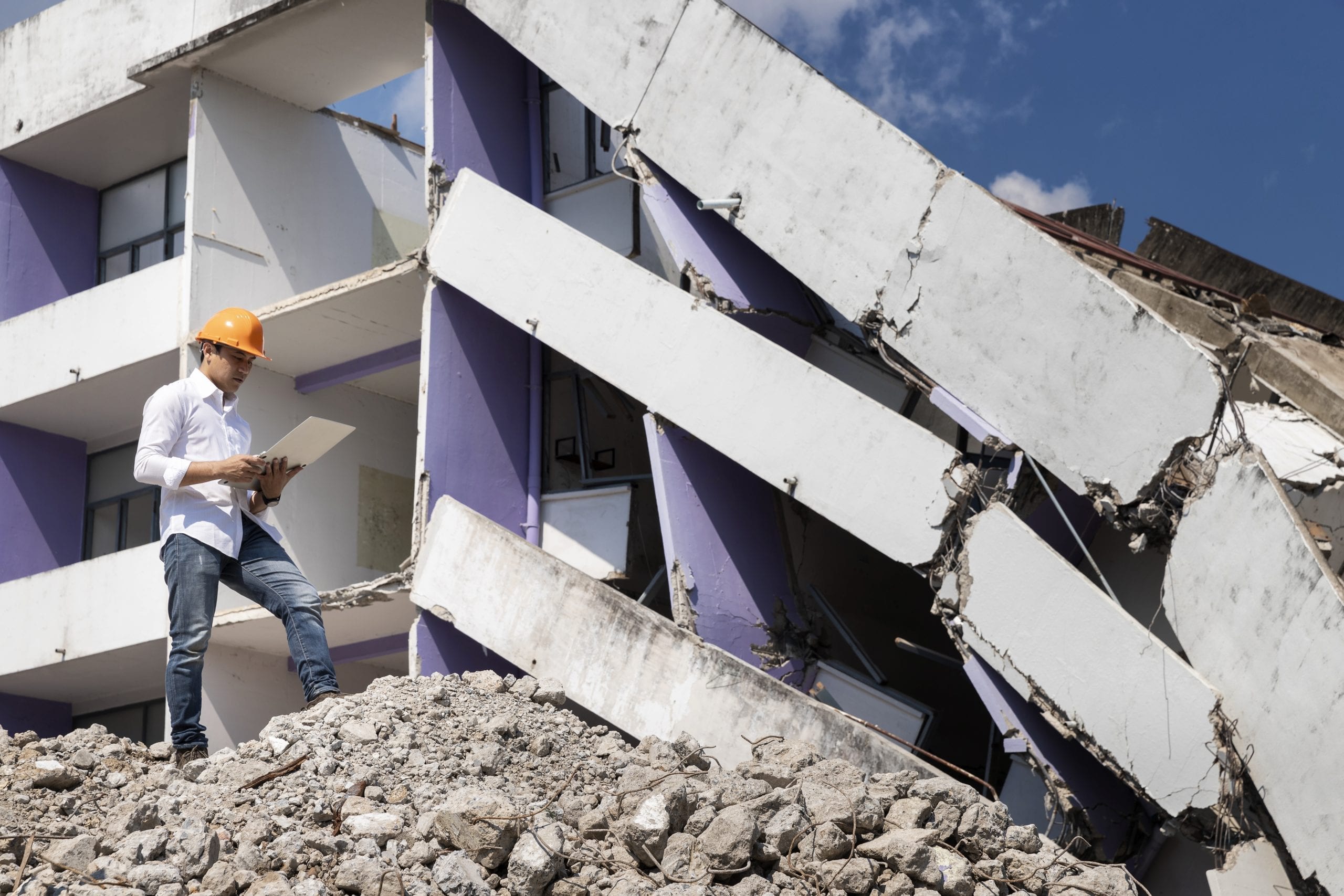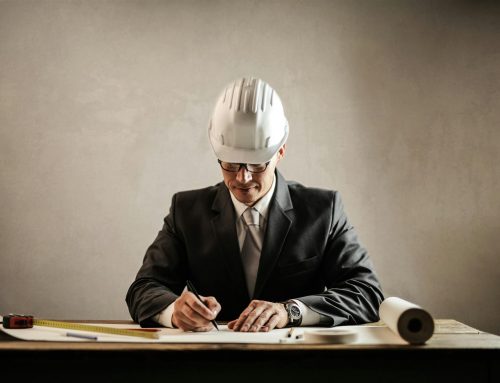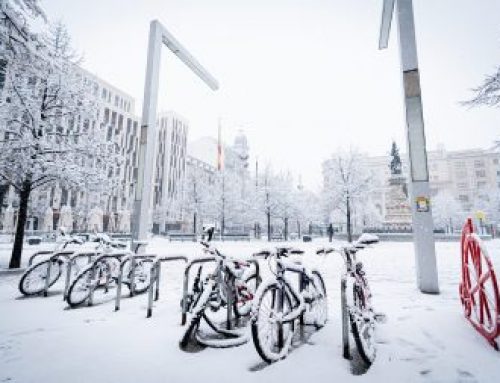
Damage on job sites — whether accidental, caused by vandalism, or even inclement weather — can cause delays, stress, increased costs, and hurt the project as a whole. Construction companies and contractors should have plans in place for the prevention of damage, as well as, in case of it to get their projects back on track and back on budget. Brian Garver, Vice President of Construction for CDO Group, offers insight into best practices on the matter.
Prevention
Help to prevent damage of any kind by taking certain precautions before a job begins. “Prevention begins offsite,” says Garver, with making sure your company and the client is insured and by making sure you company has measures in place to help reduce chances of damage.
- Weather Preparation– Water damage, wind damage, projectile damage – all of these types of damage can be a factor in a major project setback. Wind damage causes millions of dollars of delays in the construction industry every year, according to Travelers.com. A key component to avoiding wind damage is to secure any loose equipment, stock materials, or machinery that could fly up. Anchoring and securing your job site and its structures according to engineering guidelines will help you be less vulnerable to the big effects a hearty gust of wind can have.
- Signage/lighting– Proper signage on job sites will be helpful to all the different trades and subcontractors you may have passing through your project. Adequate signs and signals will decrease your liability as a construction company and will also provide guidance to everyone on the team and surrounding the site. Prevent pedestrians from walking onto your site by hanging a “Caution- Construction Site, Authorized Personnel Only” sign. Prevent subcontractor injuries by providing signage dedicated to protective equipment and hardhats.
- Video monitoring– Security cameras, and signage notifying people of a video monitored area, can help prevent loss and damage before it happens. Garver says “job sites are rarely, if ever, completely packed up at night, and thieves will know what you have available to steal.” Using a security camera and video monitoring can help deter thieves and avoid these costly incidents.
- Insurance– Different types of insurance can help protect your company and clients against damage and other claims. Construction liability insurance will help protect against claims of injury and property damage for the client, and Builders Risk insurance protects against the perils of fires and natural disasters that could cause serious destruction. An additional type of insurance that could protect your client and your company could be Commercial Crime insurance. According to Marsh.com, commercial crime insurance provides protection from financial losses related to business-related crime, including theft, damage, or destruction of money, securities, and/or other property both on the insured’s premises or elsewhere (for example, while in transit).
Aftermath
- File claims– “If you have damages on your project site that could be covered by your insurance, make sure you file your claims in a timely manner,” says Garver. Not only will this speed up the process of reparations, it will assure that you don’t miss a deadline for filing.
- Make an appropriate repair schedule– Assure yourself and your client that damages to your structures, equipment, or property won’t be too much of a setback by making an appropriate and timely repair schedule. Book trades simultaneously (that won’t get in each other’s way) or schedule a couple more workers to be on site for a few weeks to have some more hands on deck. The more efficiently you schedule, the more repairs can be done and you can get back to focusing on the original scope of work. Also, if there is water damage, call a restoration specialist to come in and quickly dry out and salvage your site as much as possible.
If you have had any experiences with damage and repairs that you’d like to share with us, please do so! We love to hear from other industry professionals. Contact us here.




